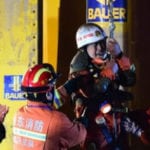 Mysteries
Mysteries  Mysteries
Mysteries  History
History 10 Surprising Stories About the Texas Rangers
 Humans
Humans 10 Philosophers Who Were Driven Mad by Their Own Theories
 Miscellaneous
Miscellaneous 10 Video-Game-Worthy Weapons and Armors from History
 Weird Stuff
Weird Stuff 10 Psychics Who Accurately Predicted Wartime Events
 The Arts
The Arts 10 Pieces of Art Inspired by a Broken Heart
 Health
Health 10 Science Fiction-Sounding New Medical Treatments
 History
History 10 Surprising Facts About the Father of Submarine Warfare
 Space
Space Ten Astonishing New Insights into Alien Worlds
 Weird Stuff
Weird Stuff 10 Bizarre Summer Solstice Rituals Still Practiced Today
 Mysteries
Mysteries Top 10 Haunting Facts About the Ghost Ship MV Alta
 History
History 10 Surprising Stories About the Texas Rangers
 Humans
Humans 10 Philosophers Who Were Driven Mad by Their Own Theories
Who's Behind Listverse?

Jamie Frater
Head Editor
Jamie founded Listverse due to an insatiable desire to share fascinating, obscure, and bizarre facts. He has been a guest speaker on numerous national radio and television stations and is a five time published author.
More About Us Miscellaneous
Miscellaneous 10 Video-Game-Worthy Weapons and Armors from History
 Weird Stuff
Weird Stuff 10 Psychics Who Accurately Predicted Wartime Events
 The Arts
The Arts 10 Pieces of Art Inspired by a Broken Heart
 Health
Health 10 Science Fiction-Sounding New Medical Treatments
 History
History 10 Surprising Facts About the Father of Submarine Warfare
 Space
Space Ten Astonishing New Insights into Alien Worlds
 Weird Stuff
Weird Stuff 10 Bizarre Summer Solstice Rituals Still Practiced Today
Top 10 POW Rescues Too Incredible To Be True
A side effect of any conflict, captured or surrendered soldiers often become prisoners of war. Though there are supposed to be rules regarding their treatment, they are ignored quite frequently. Because of that fact, sometimes rescue attempts become necessary. Here are 10 cases of POW rescues too incredible to be true.
10 Incredible Rescues By Dogs That Will Warm Your Heart
10 Raid at Ožbalt

Relatively unknown to all but the most ardent WWII scholars, the Raid at Ožbalt was an incredibly successful POW rescue. It all begins with an Australian soldier named Ralph Churches.[1] Captured just off of the east coast of Greece, he was taken to the Slovenian town of Maribor, imprisoned along with hundreds of other Allied soldiers. Over the course of around three years, Churches gained the trust of his German minders, even going so far as to holding the position of Vertrauensmann (“Confidence Man”), a title which saw him representing all the POWs when speaking with the authorities.
Unbeknownst to the Nazis, Churches had been in secret talks with the Slovene Partisans, a group of freedom fighters who had recently seized a nearby village.[2] One night in August 1944, he and eight other POWs escaped to Ožbalt but the joy of freedom wasn’t enough to overcome the guilt of leaving behind so many others. Churches was able to convince the partisans to go back and free nearly 100 more men and all of them headed south, going on a dangerous 160 mile trek to the town of Semic, where they were flown to freedom.
9 Ban Naden Raid
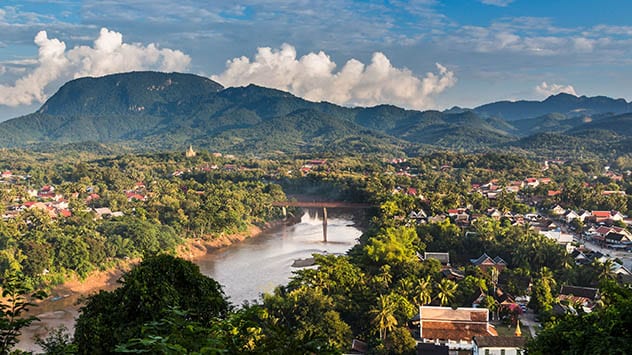
The time: December 1966, the place: northern Laos. A defector from the Laos Communist party Pathet Lao came to the CIA and told them of a prison camp near Ban Naden. Located at the base of a cliff, the prison camp was said to have been hidden inside of a limestone cave.[3] Since the information matched some the Americans were already in possession of, a rescue operation was quickly drawn up. Initially, a loud helicopter assault was considered but was dropped in favor of a quiet, land-based rescue.
A Lao sergeant assembled a team and were transported by helicopter to a landing zone about a two-day walk from the Ban Naden prison camp. On January 9, 1967, the rescuers finally approached their target, and quickly began looking for foreign prisoners.[4] (It was thought there were three Americans there but they were not found.) Some of the prisoners were workers for Air America, the CIA-owned airline which flew a number of missions in Laos, Vietnam and Thailand.
The guards were disposed of and all of the prisoners were freed from their bamboo cages. Almost half of them returned to their homes rather than follow their rescuers, as they actually lived nearby. On their way out, Communist forces began attacking them, though they were quickly rebuffed by air attacks. The remaining POWs were eventually taken to Savannakhet, a city in western Laos.
8 Raid at Los Baños
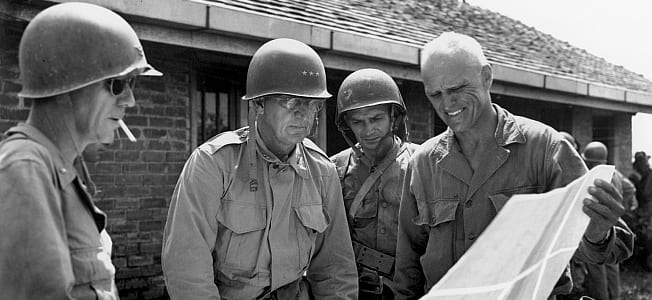
A municipality in the northern Philippines, Los Baños is a popular tourist destination thanks to their hot spring resorts. However, in February of 1945, it was most known for an internment camp run by the Japanese military. Filled with over 2,000 civilians, the prison had been open for the last three years, as the internees awaited the famed return of General Douglas MacArthur.[5] Though they were relatively well-treated by Japanese POW standards, those living in Los Baños were beginning to starve, with many adults having lost nearly 50 pounds each.[6]
So, when the U.S. military finally arrived back in the Philippines in January 1945, spirits began to lift. General MacArthur ordered his subordinates to initiate rescue plans for any camps they could find because the Japanese were notorious for slaughtering their prisoners. The plan for Los Baños consisted of a two-pronged attack: U.S. paratroopers in the air and Filipino guerilla fighters on the ground.
After a relatively quick firefight which caught the guards by surprise, the camp was liberated. Wrangling the internees proved difficult as many of them were physically incapable of organization. Eventually, they managed to either board amphibious vehicles or make a two-mile walk down the beach to the evacuation point. In the end, every civilian was rescued from Los Baños with a minimal loss of life on the side of the liberators. However, when the Japanese military returned to find the prison empty, they slaughtered over 1,000 men, women and children in the town.
7 Liberation of Weihsien Internment Camp
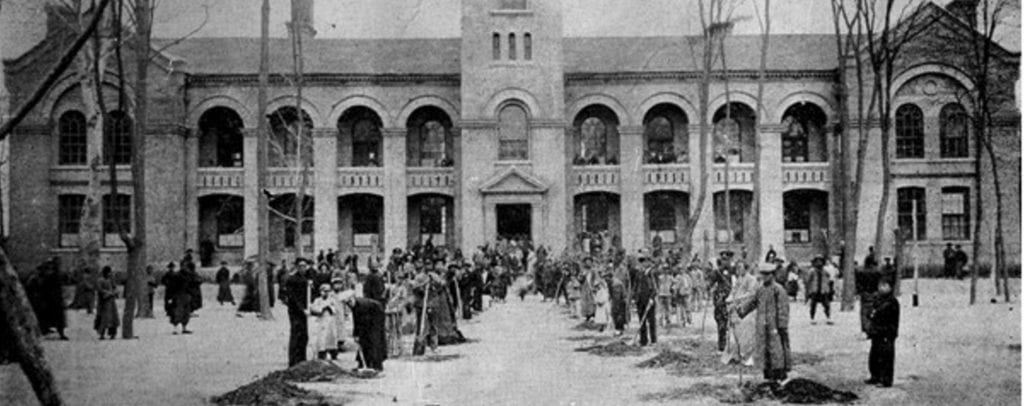
Though largely ignored by American audiences, the Japanese invasion of China was horrific, not only for the soldiers, but for those who found themselves under Japanese control. One such place was the Weihsien Internment Camp in eastern China.[7] Filled to the brim, mainly with civilians, the camp was a Christian mission compound in a previous life and was even known as the “Oriental Auschwitz” by some.[8] Though no wholesale slaughter took place, a number of internees perished due to poor sanitary conditions and a lack of food.
Initially, the compound only held prisoners from Asian countries but, as Japan declared war on more and more countries, nearly every nationality had someone inside. By 1945, the war was nearing its end and more and more Chinese land was liberated. On August 17th, U.S. planes flew over the camp, with paratroopers dropping into the area. In the end, nearly 1,500 people were rescued.
6 Operation Thunderhead
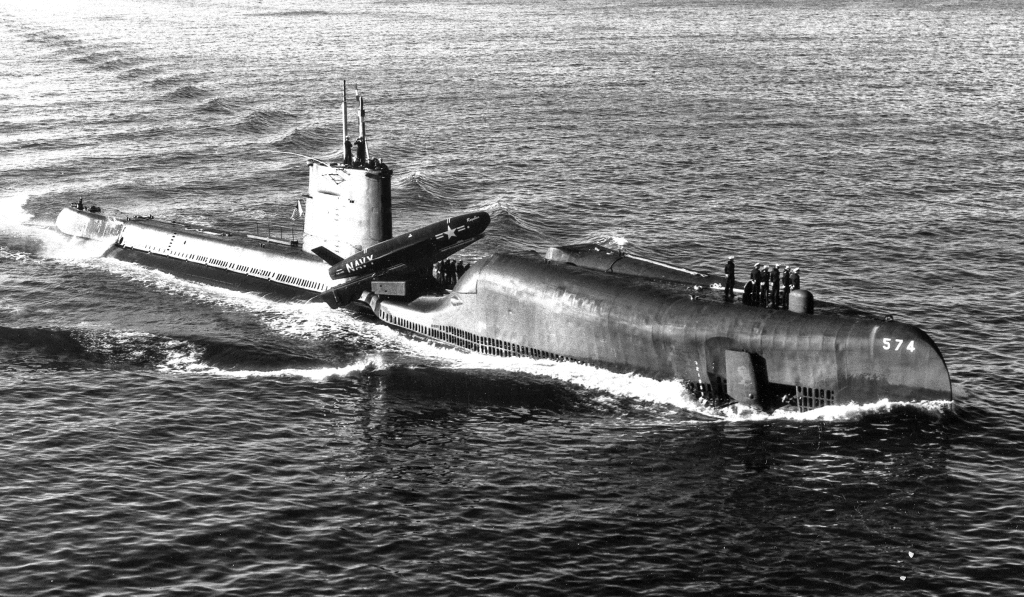
On April 6, 1967, John Dramesi, an Air Force Colonel, was forced to eject from his aircraft and landed in North Vietnam, where he was quickly apprehended. After a pair of failed escapes, he and some other prisoners eventually settled on a plan where they would meet up with some U.S. Navy SEALs near the Red River on the Gulf of Tonkin.
So, in 1972, Navy SEALs used an amphibious-transport submarine to head for a small island on which to set up a base of operations to look out for the escaped POWs.[9] However, a number of problems, including navigational issues, prompted the men to surface, where they were subsequently rescued by a low-flying helicopter which was assisting in the mission.[10] A few days later, the men tried to return to their submarine but several soldiers were injured upon jumping into the water, with one man, Lieutenant Melvin Dry, dying.
Unbeknownst to the SEALs who were struggling to get ready for the escapees, the POWs had decided to call off their escape from the Hanoi Hilton, as the reprisals for previous attempts had become too much.
10 Uplifting Stories Of Prison Guards Who Were Rescued By Inmates
5 Gran Sasso Raid
As the walls began closing in on the country, Italy decided to oust Benito Mussolini and the king also had now-former prime minister arrested. His eventual prison: the lush Campo Imperatore Hotel, a ski resort nestled high in the Apennine Mountains. As a friend and ally of the former Italian leader, Adolf Hitler quickly assembled his men and ordered rescue plans to be drawn up.[11] The notorious Waffen SS commander Otto Skorzeny was given the task of figuring out how to get to the hotel and, more importantly, how to get back down.[12]
Operation Eiche, as it came to be known, began on September 12, 1943, with the launching of ten gliders, each carrying a pilot and nine soldiers. They landed, or crashed depending on your point of view, and swiftly moved to attack the hotel. However, thanks to subterfuge, the Germans managed to secure Mussolini without firing a shot; in fact, the Italian guards even posed for photographs taken of the escape. The last step, getting back down the mountain, proved dangerous, as they had to essentially push the small plane off the mountain and fall nearly 1,000 feet before they managed to fly to safety.
4 Operation Ivory Coast

Part of the Vietnamese capital of Hanoi, Son Tây was home to a POW camp for a few years during the Vietnam War. Relatively small, it was never home to more than a few dozen Americans and, in 1970, it was believed there were 61 soldiers imprisoned there. Because of that fact, 56 Special Forces men and 92 airmen were enlisted in a rescue operation which would see them fly into one of the most dangerous airspaces in the country.[13]
Because of the presence of 12,000 North Vietnamese soldiers a mere five miles away, the plan was to fly in by helicopter, take out the guards, rescue the POWs, and fly out. Tactically, the mission was a runaway success: there were only two casualties on the American side and the camp was quickly taken. However, as a rescue operation, it was a complete failure, as there were no POWs to be found. Unbeknownst to the planners, all the prisoners had been moved earlier in the year because of flooding which had contaminated the wells of the Son Tây prison camp.
In a silver lining of sorts, the POWs were able to see the helicopter flying overhead, which boosted morale, and forced the North Vietnamese to improve conditions for a while.
3 Operation Lazarus
After the Vietnam War ended, many believed there were still POWs that hadn’t been repatriated, that they were being held in order to acquire money from the U.S. government. One of those people was a former Green Beret lieutenant colonel named James “Bo” Gritz (the man who was the inspiration for Rambo). So he began soliciting donations to fund a mercenary raid into Laos to rescue soldiers he said were still alive.[14] A handful of high-profile men gave money, including Clint Eastwood and William Shatner.
On November 27, 1982, Gritz and his fellow American troops, four in total, crossed the border between Laos and Thailand, along with a number of Laotian guerilla fighters.[15] However, they were poorly armed and outnumbered, as the only reinforcements they received came in the form of a drunk, unarmed chieftain. Quickly overrun by more organized paramilitary fighters, the men retreated, with one of them captured after he was wounded in the firefight. (He was later ransomed for about $17,000.)
2 Raid at Cabanatuan
Otherwise known as The Great Raid, the Raid at Cabanatuan was an enormous effort to free more than 500 POWs from a Japanese camp in the Philippines. On January 30, 1945, as American and Filipino forces had been driving the Japanese from the country for a few months, a plan was undertaken to quickly rescue the men before they were executed.[16] That belief was not a myth either, as Japanese high command had issued instructions on how and when to kill POWs in October of 1944. In fact, 150 Americans had been burned alive at the Puerto Princesa Prison Camp.[17]
Survivors of the Bataan Death March, none of the POWs had any foreknowledge of the upcoming rescue; some Filipino boys had allegedly thrown rocks with notes saying “Be ready to go out.” but the men regarded it as a prank. Nevertheless, a group of 100 men, made up of Army Rangers, Alamo Scouts and Filipino guerilla fighters, was making its way behind enemy lines, traveling over 30 mile to get to the camp. Unbelievably successful, the raid only lasted 30 minutes, with the U.S./Filipino forces only suffering 17 casualties and the Japanese suffering hundreds. Utilizing local support and carabao carts, 513 POWs were saved from Cabanatuan.
1 Captain Robert Trimble’s Mission
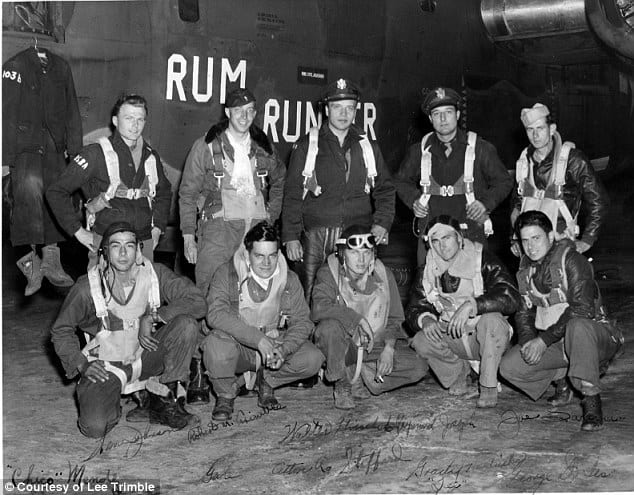
A relatively unassuming 25-year-old pilot, Captain Robert Trimble was the chief part of one of the largest POW rescues of all time. The date was February 15, 1945; the location was Soviet territory in Ukraine.[18] The Red Army had overrun thousands of miles of land in their pursuit of the Germans and swallowed up a number of Allied POWs along the way. Trimble was brought there under the guise of flying out repaired aircraft, nothing that would raise the suspicion of Russian authorities.
However, when he arrived, Trimble was informed of a small change to his orders: he’d actually be working with spies in order to discover any American POWs in hiding and get them home. (Other Allied nations were eventually added to the list.) The Russians did not care for captured soldiers, shooting their own, and they were proving to be useless to the Allies in this regard.[19]
By the time the base was closed down on June 23rd, Trimble had managed to get hundreds, if not thousands, of former POWs to safety. Unrecognized by his own country, he was honored by France for getting 400 French women out of Poland and back to their homes.
10 Times Christians, Jews & Muslims Rescued Each Other


